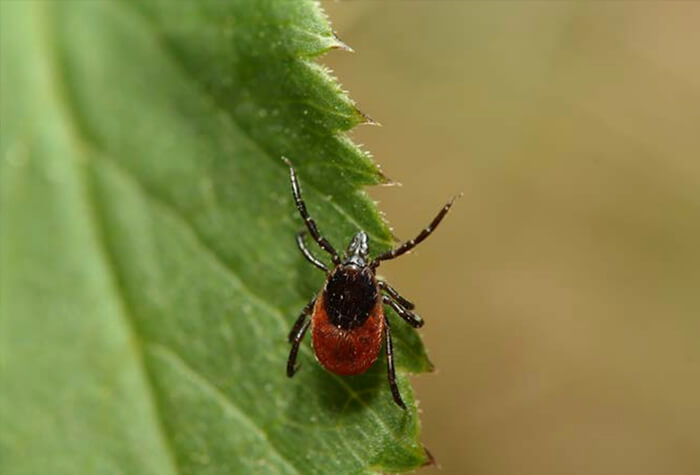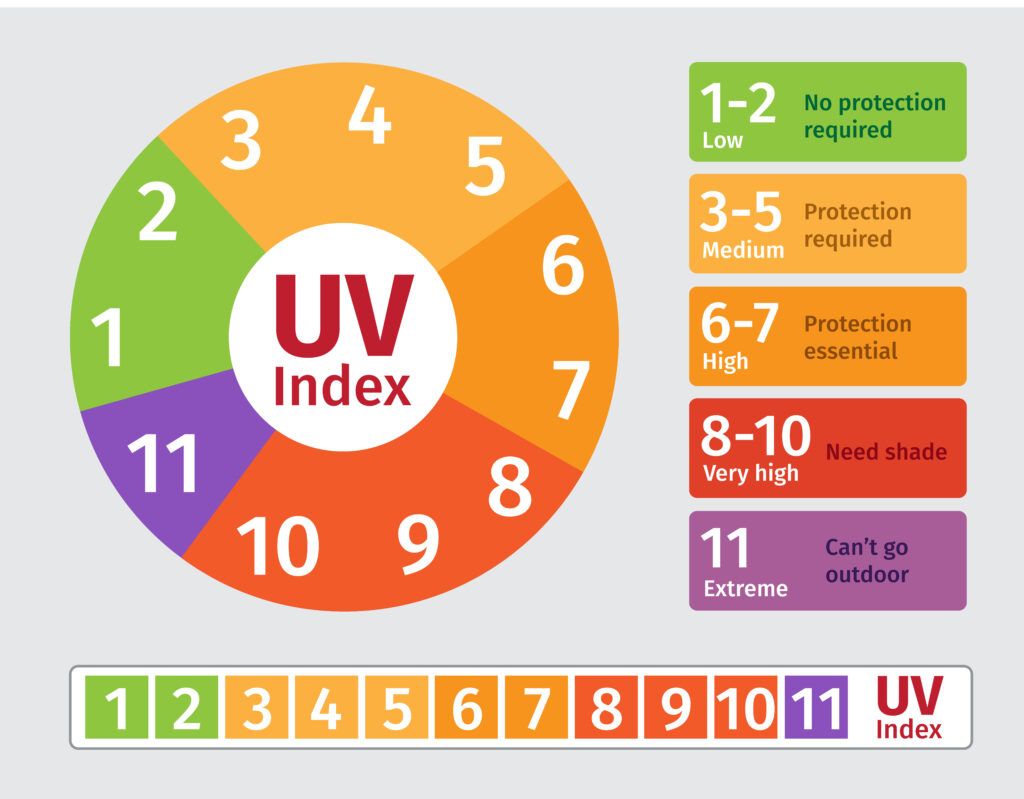Enjoy the Summer Safely!
Summertime Health 1
Whether you’re spending some long-awaited time watching the sun set from your cottage deck, or just partaking in a bit of “Porta Backyarda” vacation time; the unmistakable buzz of the dreaded mosquito is the spoiler of the perfect evening! Mosquitoes can bite at any time of the day, but they tend to be more active between dusk and dawn. Because mosquitoes can carry the West Nile Virus, Public Health Canada recommends that if you can, limit your outdoor activities as much as possible during this time.
You can also take the following steps to protect yourself:
- Use an approved insect repellent with a PCP registration number on the label. (Read and follow all label directions.)
- Wear loose clothes made of tightly woven materials that keep mosquitoes away from your skin, such as nylon or polyester.
- Use mosquito netting when sleeping outdoors or in an unscreened structure. Also use netting to protect infants when outdoors.
- Wear long pants and sleeves as well as shoes and socks during times when mosquitoes are most active.
- Fix or replace old and torn screens in doors, windows and vents.
Summertime Health 2
Another nasty bug is one that is rather covert-the tick. They are very small, varying from the size of a poppy seed to the size of a sesame seed, making them very difficult to detect. To add to the challenge, their bite is painless. Ticks are commonly found in and near areas with trees, shrubs, tall grass or piles of leaves.
We often think of ticks being “country dwellers” but they can also be found in the city, in your backyard. Ticks are transferred to us when we brush up against the grasses, leaves, shrubs, etc. Ticks can be also spread to humans through transfer from pets. Because ticks can carry Lyme disease it is very important to prevent, check and take quick action if bitten.

Tick Prevention
- Use bug spray with DEET or icaridin (always follow directions).
- Wear closed-toe shoes, long sleeves and pants.
- Tuck your shirt into your pants, and your pants into your socks.
- Walk on paths.
Check
- Do a daily full body tick check on yourself, your children, your
pets and your gear. - Shower or bathe as soon as possible after being outdoors.
- Put your clothes in a dryer on high heat for at least 10 minutes.
Summertime Health 3

For more information including how to remove a tick, go to the Canadian government public health site.
https://www.canada.ca/en/public-health/services/publications/diseases-conditions/lyme-pamphlet.html
Remember to stay safe and be well. Wash your hands, practice social distancing, and protect yourself from mosquito and tick bites.
Protect Your Skin
Playgrounds, backyard clean-ups, patios, balconies, bike rides, cottage time….no matter how you are welcoming the warmer days we are happy to be getting outside.
And while we are craving the warm and sunny days of summer there are things we need to think about to protect our skin from harmful sun exposure.
The UV Index.
It’s become part of the weather forecast lexicon but what does it mean exactly?
Without getting too technical, the UV index measures the strength of the ultraviolet radiation coming from the sun. Simply put, the higher the number, the greater the need to protect ourselves.
UV Index 3-5-is a moderate level. We need to take precautions like, wearing protective clothing, sunglasses, and sunscreen, even when it’s cloudy.
UV Index- 6 and higher indicates high to extreme levels of ultraviolet radiation and means we must protect ourselves from the sun because sun burns are likely, especially in peak periods (11am-3pm). Here’s a tip, when your shadow is shorter than you, the sun is very strong, and you should limit your time in the sun.
Did you know that up to 80% of the sun's rays can get through light cloud, mist, and fog?
It’s needed for healthy bones and muscles, especially in children and the elderly. It is known as the “sunshine vitamin” because our skin produces vitamin D when exposed to sunlight. Some may ask, will I get enough Vitamin D when I limit exposure to the sun?
The Canadian Cancer Society provides the following information:
The amount of sun exposure needed to produce enough vitamin D depends on:
- age
- diet
- skin colour
- where you live
- how strong the sun is
For most people, just a few minutes out in the sun – the short, casual exposure you get while going about daily life – will be enough. You don’t need to intentionally expose yourself to the sun or visit tanning beds to get adequate vitamin D.
Your skin produces vitamin D when exposed to sunlight but getting vitamin D from your diet or by taking vitamin supplements is safer than UV rays. Vitamin D can be found in small amounts in a few foods, including fatty fish such as herring, mackerel, sardines and tuna. To make vitamin D more available, it’s added to some dairy products, juices and cereals, which are then labelled as “fortified with vitamin D.” During the fall and winter months, the sun’s rays are weaker and many Canadians spend more time indoors, away from direct sunlight. Canadians may need to take a vitamin D supplement during these months. Talk to your doctor about whether taking 1000 international units (IU) a day in the fall and winter is right for you.
Babies who are exclusively breast-fed may be at risk of vitamin D deficiency, which is why experts recommend giving them a vitamin D supplement of 400 IU a day.
Spotlight on sun safety | Canadian Cancer Society
- Cover up. Wear light-coloured, long-sleeved shirts, pants, and a wide-brimmed hat made from breathable fabric.
- When you buy sunglasses, look for protection against both UVA and UVB rays.
- Use sunscreen. Put sunscreen on when the UV index is 3 or higher. Use sunscreen labelled “broad spectrum” and “water resistant” with an SPF of at least 30.
- Avoid using tanning equipment. There is no such thing as a ‘healthy’ tan. Using tanning equipment damages your skin and increases your risk of developing melanoma.
- Ask your medical professional if any of the medications you are taking could be harmful to you if you are exposed to UV rays.
To get the full benefit from your sunscreen, it is important to use the recommended amount. The Canadian Cancer Society shares a handy tip. An adult should use about 7 teaspoons (35mL) of sunscreen to cover all areas of exposed skin.
- 1 teaspoon for each arm
- 1 teaspoon for each leg
- 1 teaspoon for your front
- 1 teaspoon for your back and
- 1 teaspoon for your face and neck
- Keep babies under one year out of direct sunlight to prevent skin damage and dehydration. Never let them play or sleep in the sun.
- Do not put sunscreen on a baby less than 6 months old without asking your health care provider first.
- Follow the UV index readings each day to plan outdoor activities.
- The sun's UVB rays are strongest between 11 a.m. and 3 p.m. and it is also usually the hottest time of day. Unless the child is protected, keep them out of the sun during these hours.
- In strong sunlight, have children wear a rimmed, breathable sun hat and sunglasses, and cover their skin with clothes or sunscreen.
- Get your children used to wearing sunscreen lotion early on. Pay close attention to the areas that are most exposed, like their face, lips, ears, neck, shoulders, back, knees, and the tops of their feet.
- Never let young children stay in the sun for long periods, even when wearing sunscreen.
Take the quiz, “How sun savvy are you” at: Enjoy the sun safely | Canadian Cancer Society
Reducing your risk for non-melanoma skin cancer | Canadian Cancer Society


